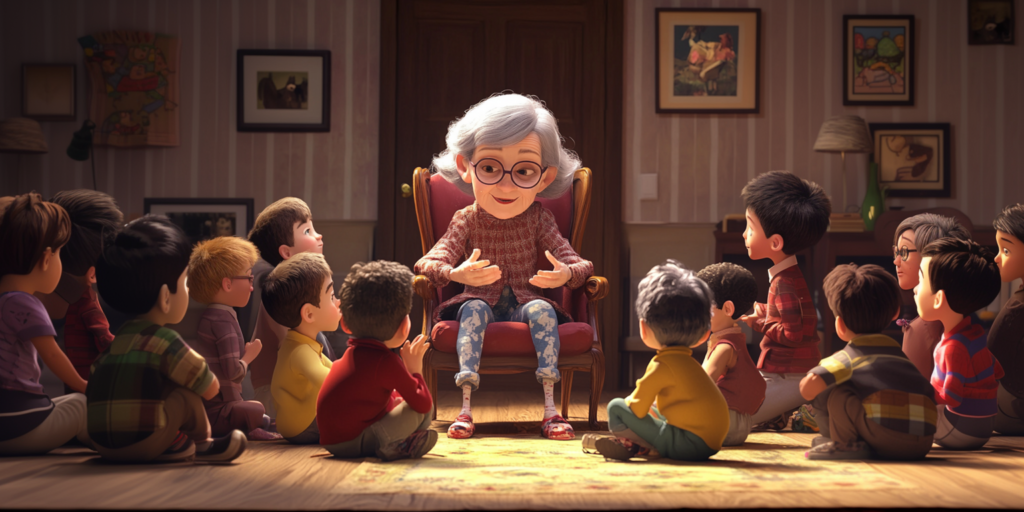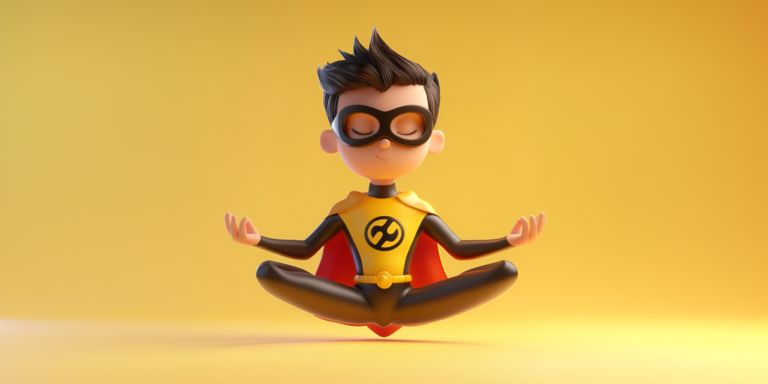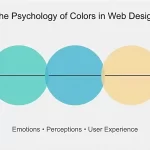
In a world where attention spans are shorter than a goldfish’s memory (sorry, Nemo), the art of micro-storytelling has become the Swiss Army knife of communication. Whether you’re a budding influencer, a marketing maverick, or just trying to convince your cat that the vet is actually a spa day, mastering the art of bite-sized narratives is your ticket to capturing hearts, minds, and maybe even a few extra Instagram followers.
The TL;DR for Chronically Rushed Readers
Micro-stories pack a punch in 280 characters or less
They’re the narrative equivalent of a shot of espresso
Master the art, and you’ll be the Hemingway of hashtags
Your audience will thank you (probably in emoji form)
It’s not just for social media – it’s a life skill, people!
Now, let’s dive deeper into this pint-sized world of storytelling, shall we?
The Mighty Micro-Story: David in a World of Goliaths
Picture this: You’re scrolling through your feed faster than a cheetah on Red Bull when suddenly, BAM! A tiny tale stops you in your tracks. That, my friends, is the power of micro-storytelling. It’s the art of crafting narratives so concise, they could fit on a Post-it note, yet so powerful, they could make Shakespeare weep (if he wasn’t already dead, that is).
Why Go Micro? Because Size Matters (Less Than You Think)
Attention Span Sorcery: In an age where we’re more likely to finish a Netflix series than a sentence, micro-stories are the magicians of the content world. They grab attention faster than you can say “TikTok made me do it.”
Emotional Espresso Shots: These tiny tales pack an emotional punch that hits harder than your morning caffeine fix. They’re the narrative equivalent of those little Italian espresso cups – small, but boy, do they pack a wallop!
Memory Stick-iness: Short stories stick in our brains like that annoyingly catchy pop song you hate to love. They’re the earworms of the storytelling world.
Shareability Superpowers: In the realm of social media, where sharing is caring (and also currency), micro-stories spread faster than gossip at a high school reunion.
The Micro-Storyteller’s Toolbox: Crafting Your Miniature Masterpiece
1. The Hook, Line, and Sinker Technique
Start with a hook so irresistible, it could catch Moby Dick. Your opening line should be the narrative equivalent of a cliffhanger bungee jump – thrilling, slightly terrifying, and impossible to ignore.
Example: “She opened the door to find her entire life packed in boxes. ‘Happy Birthday,’ said the note on top.”
2. The Character Crash Course
Introduce your character faster than speed dating on steroids. Give us the essence of who they are in a single, punchy sentence.
Example: “John, a recovering perfectionist with a PhD in procrastination, faced his greatest challenge yet: assembling IKEA furniture.”
3. The Plot Twist Pretzel
Bend your story like a yoga master doing the pretzel pose. A good twist should make your reader’s jaw drop faster than gravity on a skydive.
Example: “After 40 years, he finally found the courage to confess his love. She smiled and said, ‘I know. I’ve been waiting for you to catch up.'”
4. The Emotional Rollercoaster
Take your readers on a feels trip that rivals a Disney-Pixar movie marathon. Make them laugh, cry, or gasp – preferably all three – in the span of a tweet.
Example: “He planted a tree on the day she left. Twenty years later, as he sat in its shade, she returned – with a sapling in her hands.”
5. The Mic Drop Ending
End your story with the verbal equivalent of a mic drop. Leave your audience stunned, amused, or contemplating the meaning of life – or all of the above.
Example: “As the alien spacecraft departed, Dave realized two things: he’d forgotten to ask for their Wi-Fi password, and he was now Earth’s unofficial ambassador.”
Micro-Storytelling Across Platforms: A Bite-Sized Buffet
Different platforms, different flavors. Let’s explore how to serve up your micro-stories across the digital smorgasbord:
|
Platform |
Character Limit |
Micro-Story Style |
|---|---|---|
|
|
280 characters |
Punchy, witty, with a twist |
|
|
2,200 characters |
Visual-centric, emoji-friendly |
|
TikTok |
60 seconds |
Fast-paced, trend-riding |
|
|
1,300 characters |
Professional, insight-driven |
|
|
63,206 characters |
Community-focused, shareable |
Twitter: The Haiku of Social Media
On Twitter, your story should hit harder than a double espresso shot. It’s all about the punch, the wit, and the “aha!” moment.
Pro Tip: Use hashtags like secret ingredients – sparingly but effectively. #MicroStory #TinyTale
Instagram: Where Words Meet Visuals
Here, your words should dance with your images like Fred Astaire and Ginger Rogers. Make them inseparable and irresistible.
Reality Check: No, adding a filter doesn’t count as storytelling. Nice try, though.
TikTok: The Hyperactive Toddler of Platforms
On TikTok, your story should move faster than a caffeinated hummingbird. Think visual, think trend, think “why can’t I stop watching this?”
Potential Pitfall: Beware the rabbit hole of endless scrolling. You went there to post a story, remember?
LinkedIn: The Cocktail Party of Professional Narratives
Keep it classy, keep it insightful, but for the love of all that is holy, keep it interesting. Your story should be the networking equivalent of a perfect elevator pitch.
Fun Fact: Studies show that adding “synergy” or “paradigm shift” to your LinkedIn posts increases engagement by 0%. We made that up, but you believed it for a second, didn’t you?
The Micro-Storyteller’s Workout: Exercises to Flex Your Narrative Muscles
The Six-Word Story Challenge: Create a complete story in just six words. Ernest Hemingway famously wrote: “For sale: Baby shoes. Never worn.” Your turn!
The Emoji Narrative: Tell a story using only emojis. Then translate it into words. It’s like narrative Pictionary!
The Genre-Bender: Take a famous movie plot and retell it as a micro-story in a completely different genre. “Jaws” as a rom-com, anyone?
The Everyday Epic: Turn a mundane daily task into an epic micro-adventure. Making coffee has never been so thrilling!
The Reverse Chronology Challenge: Tell a story backwards, from end to beginning. It’s like “Memento,” but without the tattoos.
Micro-Storytelling: Your Secret Weapon for Personal Growth
Now, you might be thinking, “This is all well and good for my Instagram game, but how does it help me grow as a person?” Oh, sweet summer child, let me count the ways:
Clarity of Thought: Crafting micro-stories forces you to distill your thoughts to their essence. It’s like CrossFit for your brain, but with less grunting.
Emotional Intelligence Boost: Creating impactful stories in few words requires deep understanding of human emotions. You’ll become the Sherlock Holmes of feelings.
Adaptability: Learning to tell stories across platforms makes you more adaptable than a chameleon at a paint store.
Confidence Builder: Mastering micro-storytelling gives you the confidence to express yourself in any situation. Board meetings, first dates, hostage negotiations – you’ve got this!
Improved Listening Skills: To create great micro-stories, you need to become an expert observer. You’ll start noticing the stories happening all around you, making you a better listener and more empathetic human.
The Grand Finale: Your Micro-Story Awaits
As we wrap up this not-so-micro blog post about micro-storytelling, remember: every tweet, every caption, every brief encounter is an opportunity to tell a story that resonates. You have the power to move, inspire, and connect with just a handful of words.
So go forth, you wordsmiths and narrative ninjas! Craft those tiny tales, sprinkle them across the digital landscape, and watch as your stories create ripples of impact in the vast ocean of content.
And who knows? Maybe one day, you’ll look back on your life and realize that all those micro-stories added up to one grand narrative – yours.
Now, if you’ll excuse me, I have a six-word story to write about why I’m late for dinner. Again.
You’ll Also Enjoy Reading:
The Psychology of Micro-Storytelling: How Tiny Tales Rewire Our Brains for Growth
Micro-Storytelling for Career Advancement: Crafting Your Professional Narrative
From Me to We: Using Micro-Storytelling to Build Stronger Relationships and Communities









